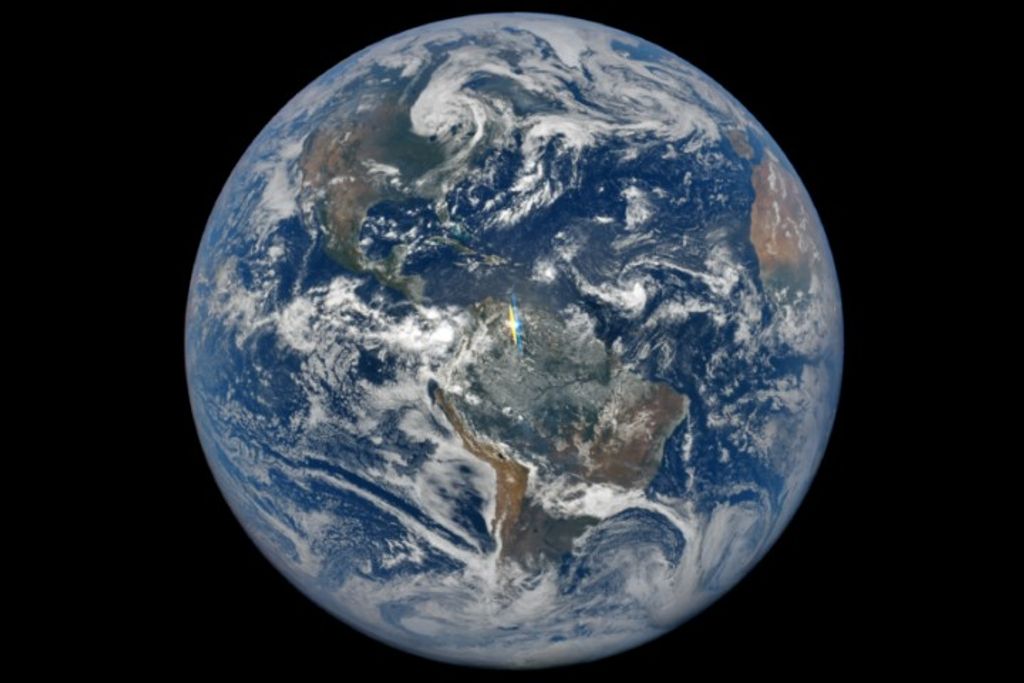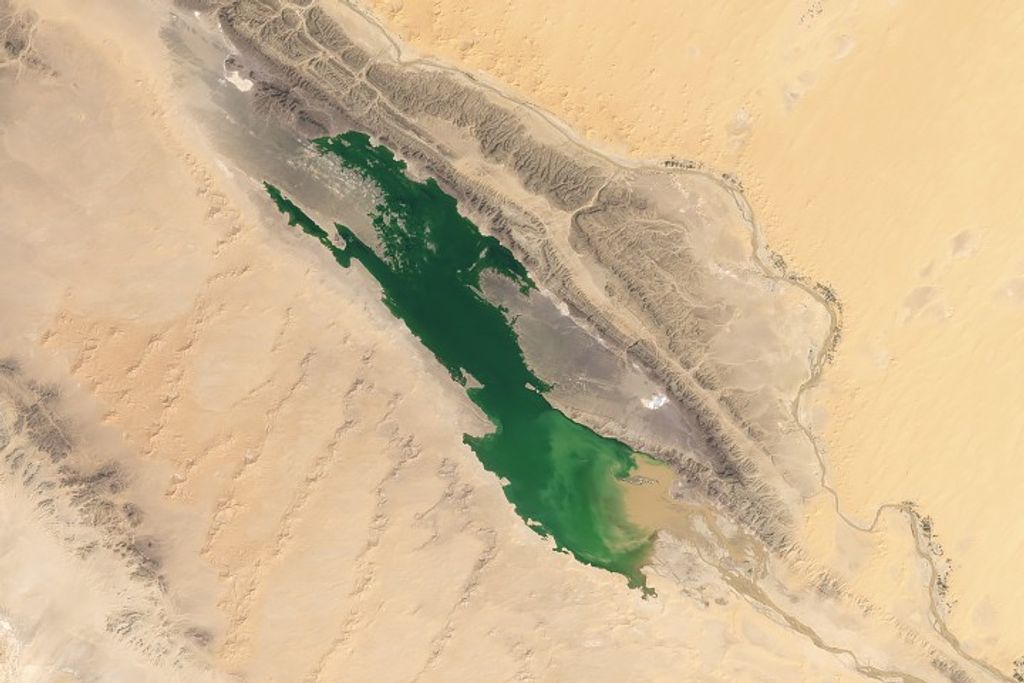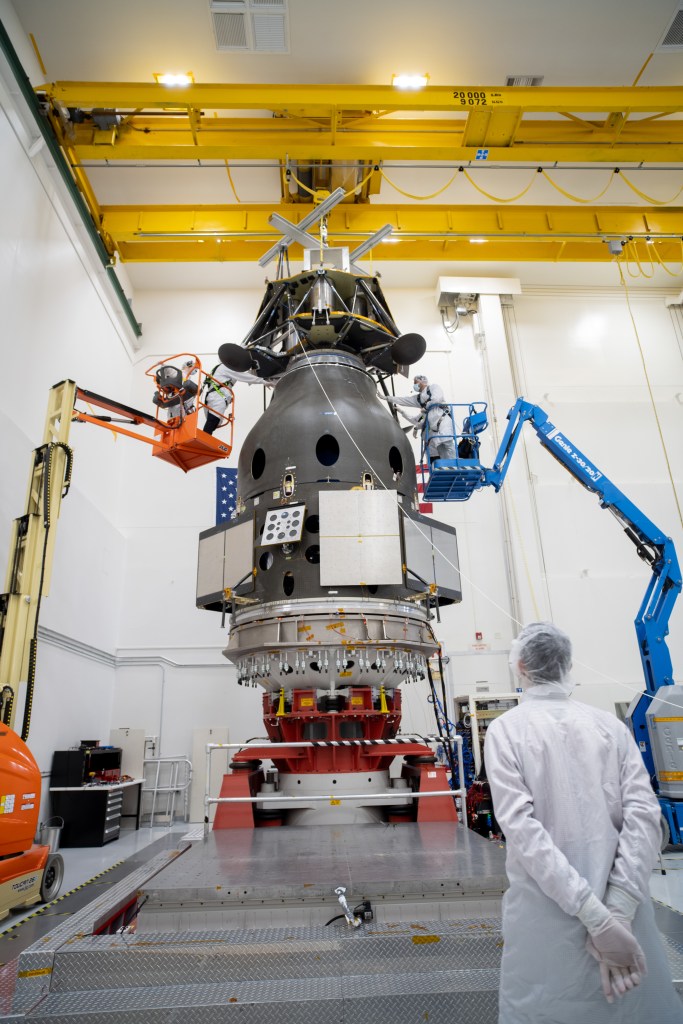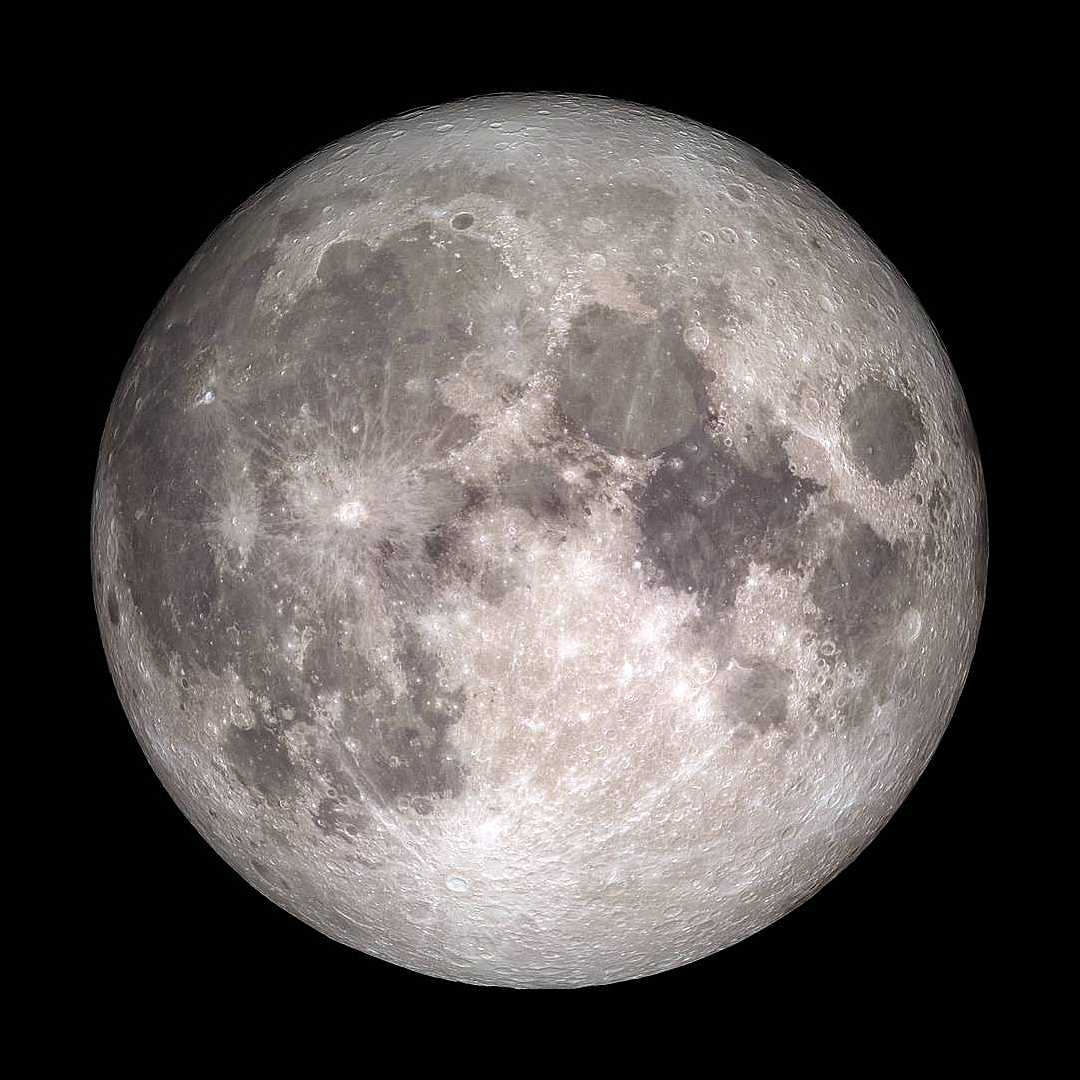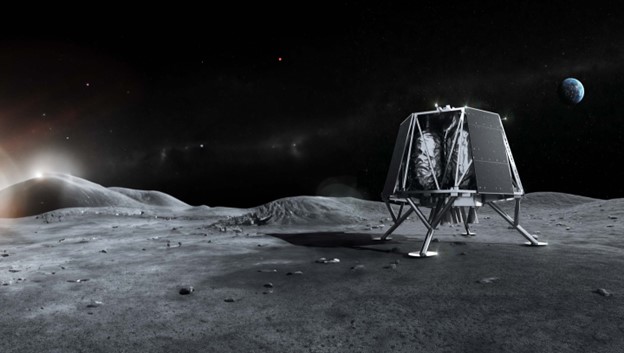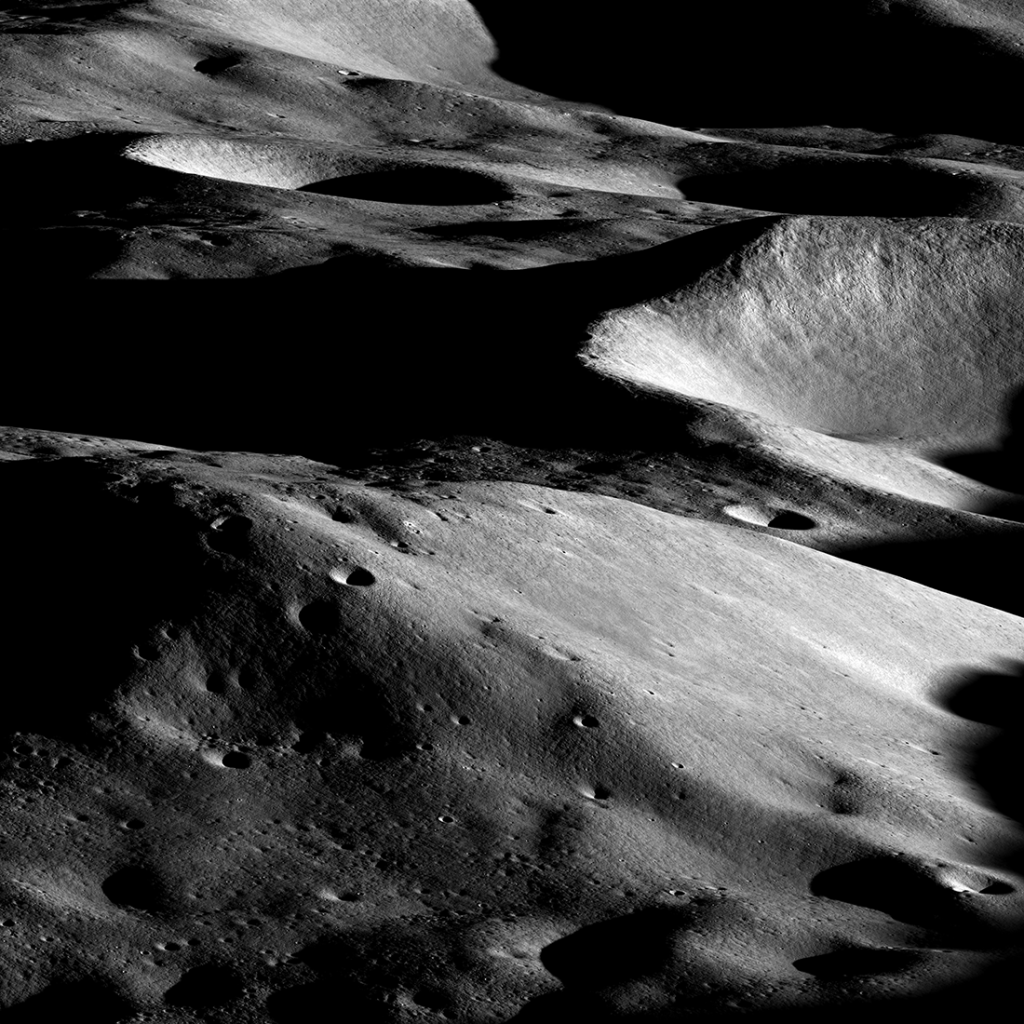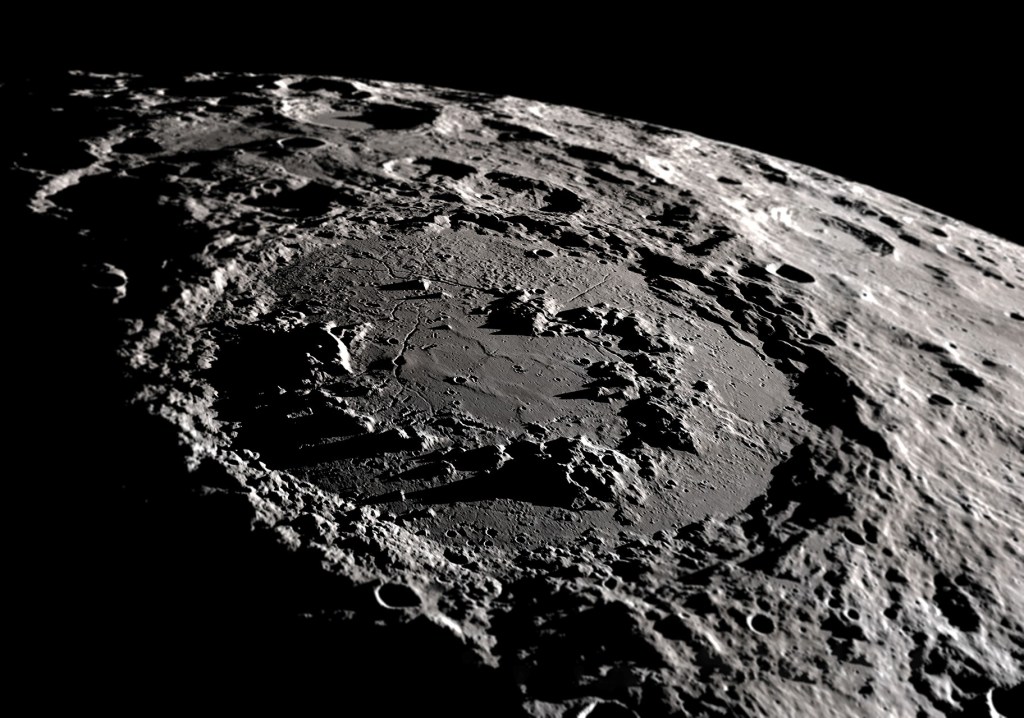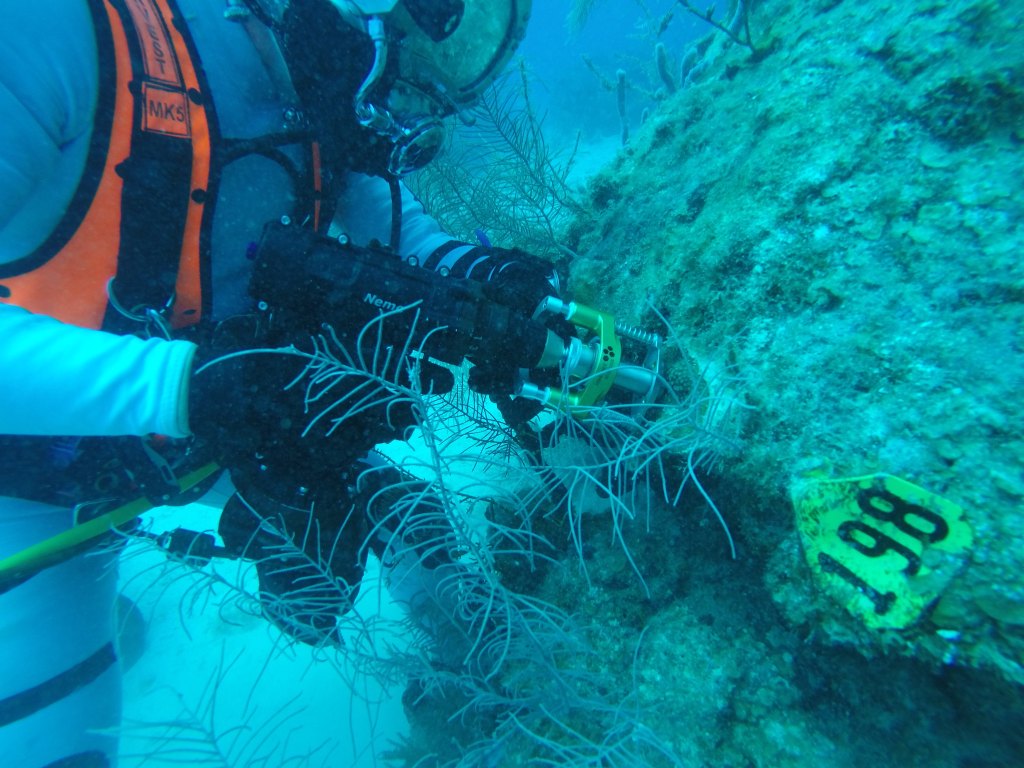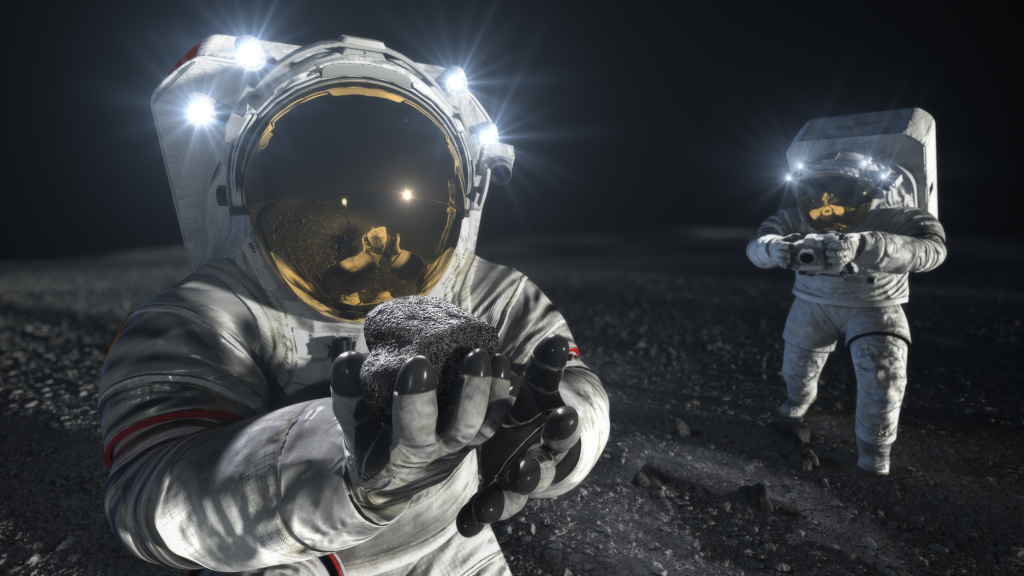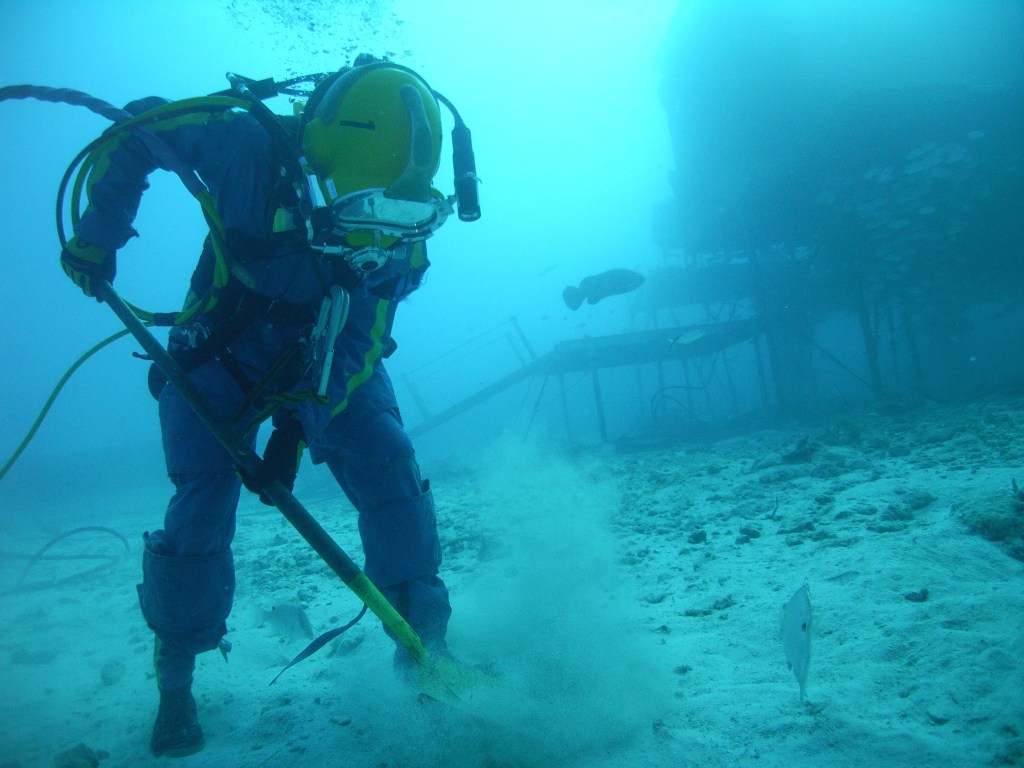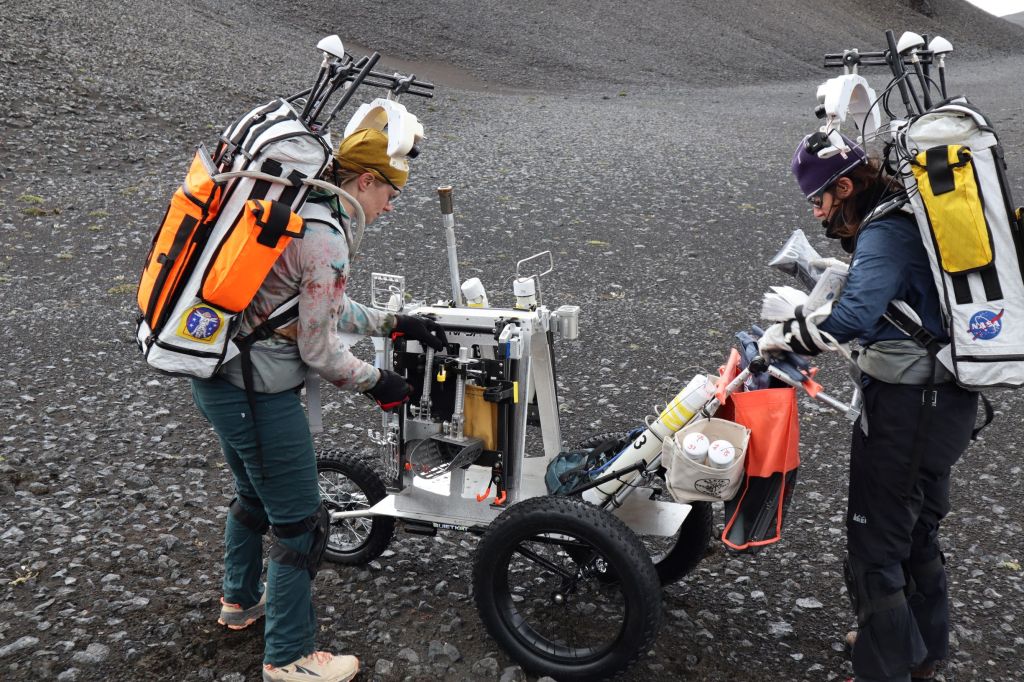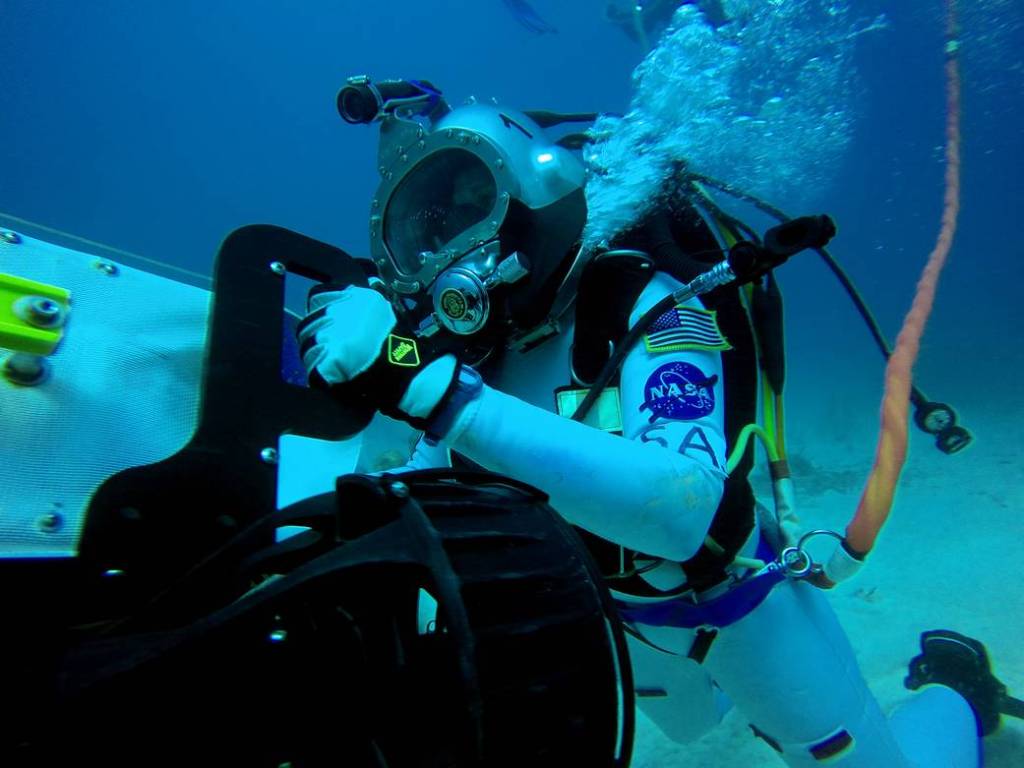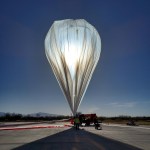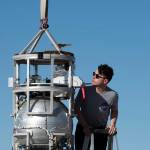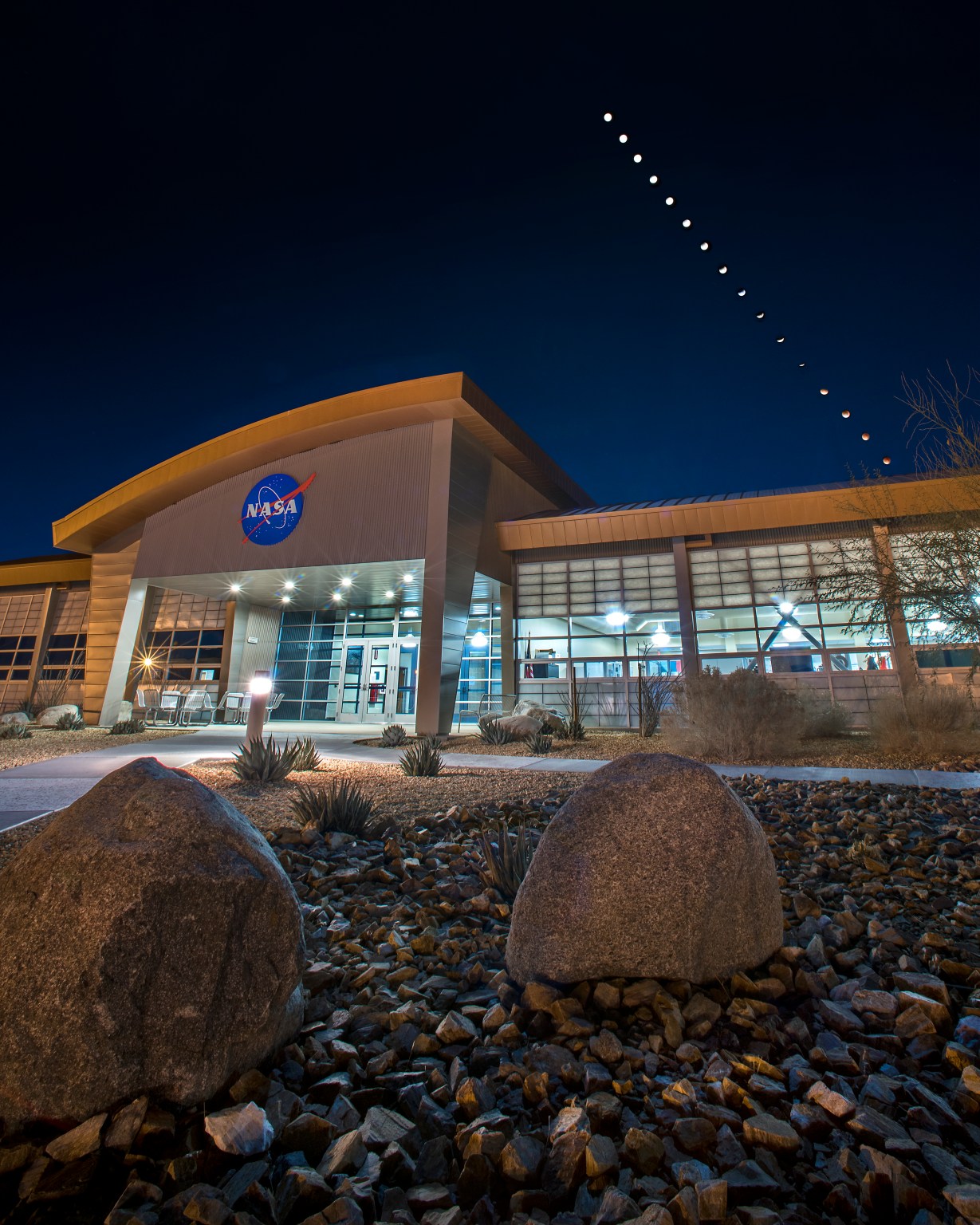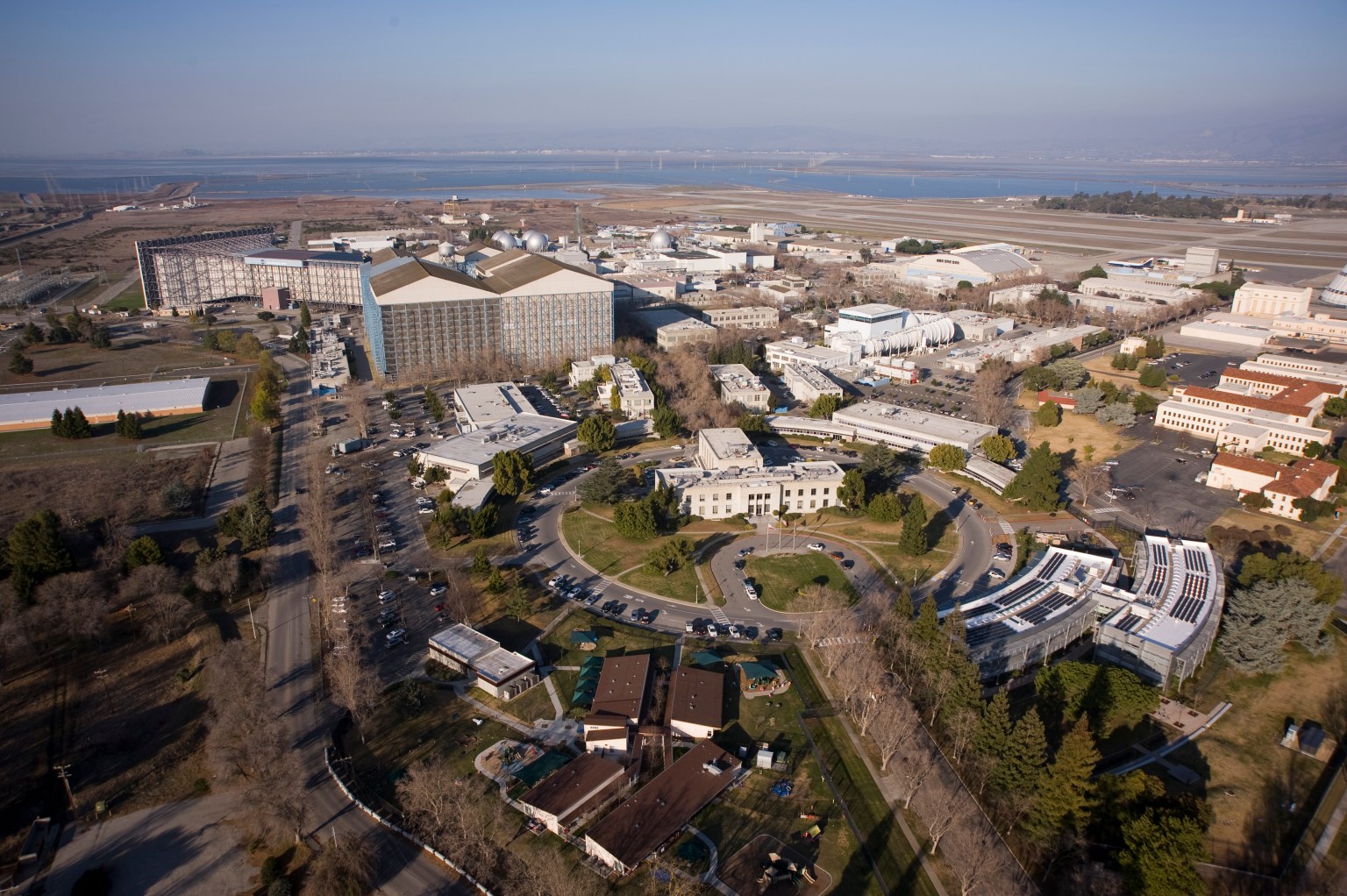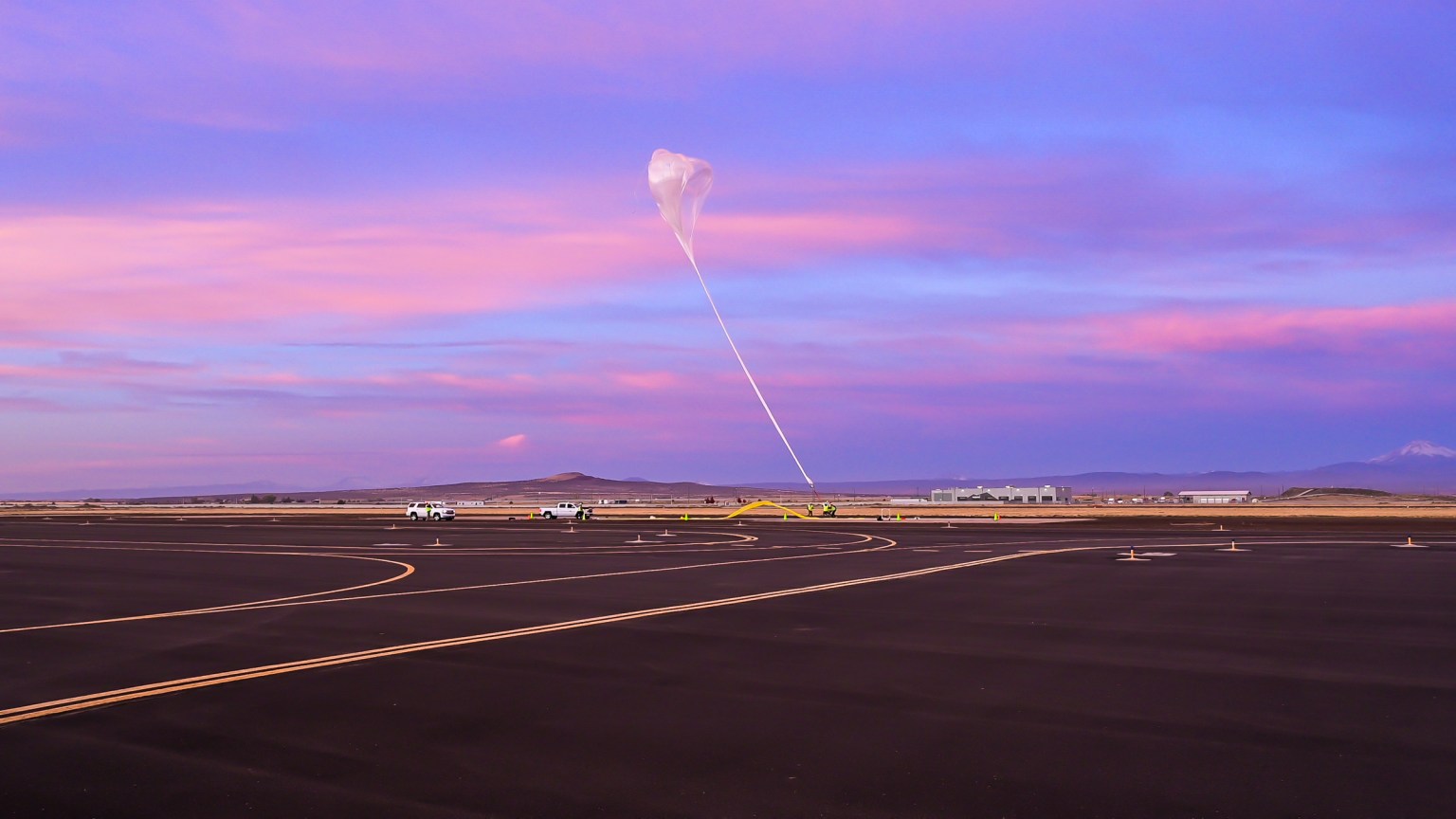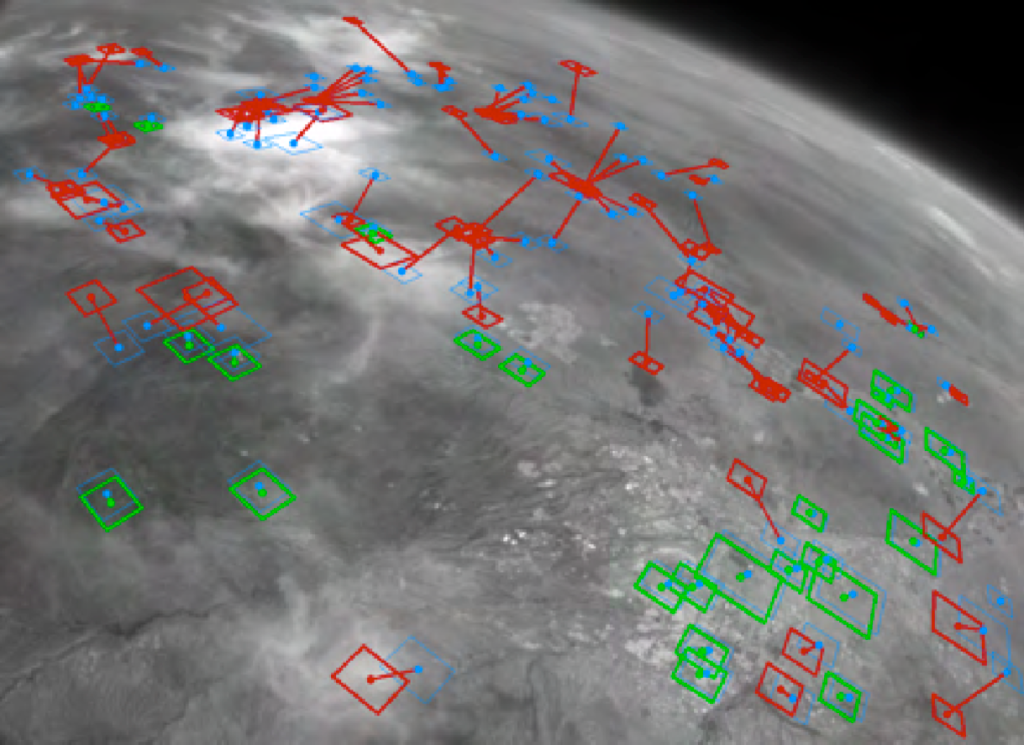
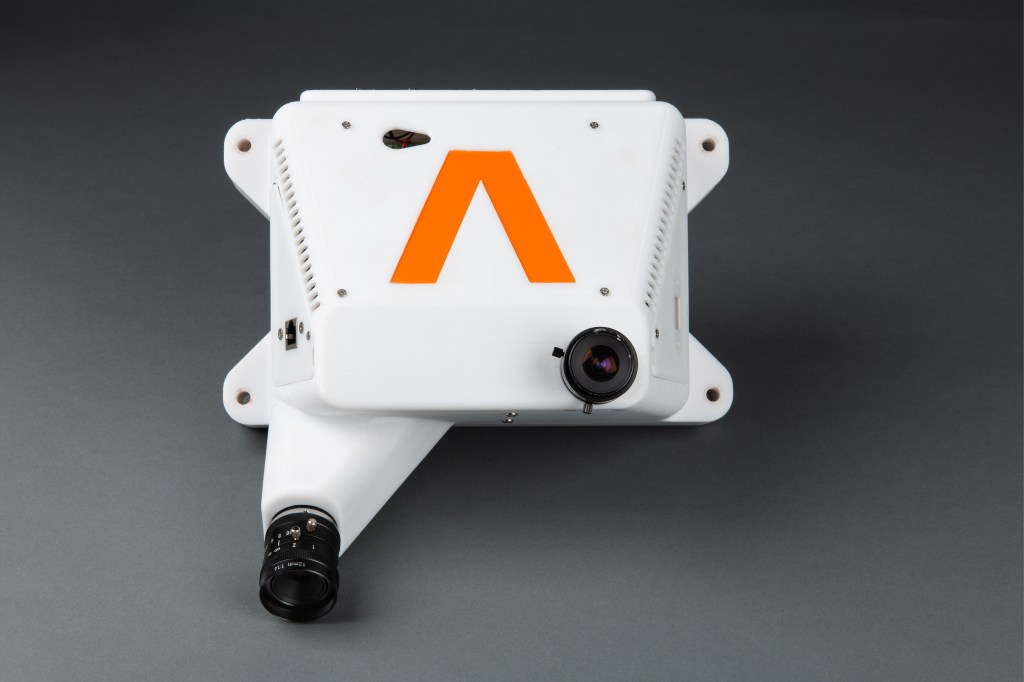
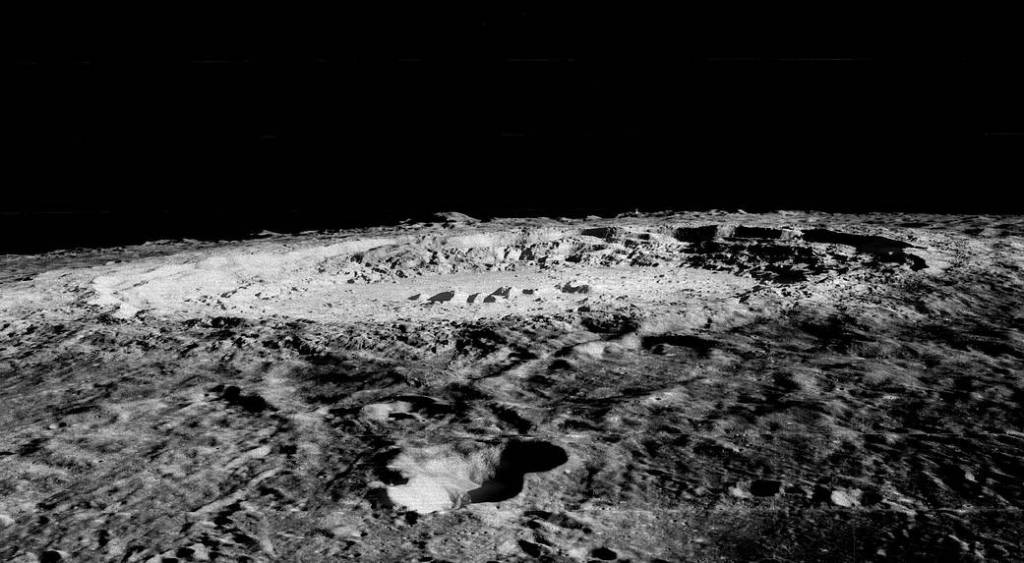
The DMEN Chronicles: Flight Testing Vision-Aided Navigation
The DMEN (Draper Multi-Environment Navigator) technology is a vision-aided system designed to help spacecraft land with greater precision in challenging space environments, like the Moon where GPS is not available. Using vision-based terrain-relative navigation technology, DMEN tracks features on the surface, detects hazards, and delivers precision location information during a spacecraft’s descent. Its small, self-contained system comprises sensors, cameras, and software.
The DMEN technology has advanced through a series of flight tests supported by NASA’s Flight Opportunities program, which helped it along the pathway toward landing on the Moon and helping astronauts while they work there.
Landing and working on the Moon | Flight testing timeline
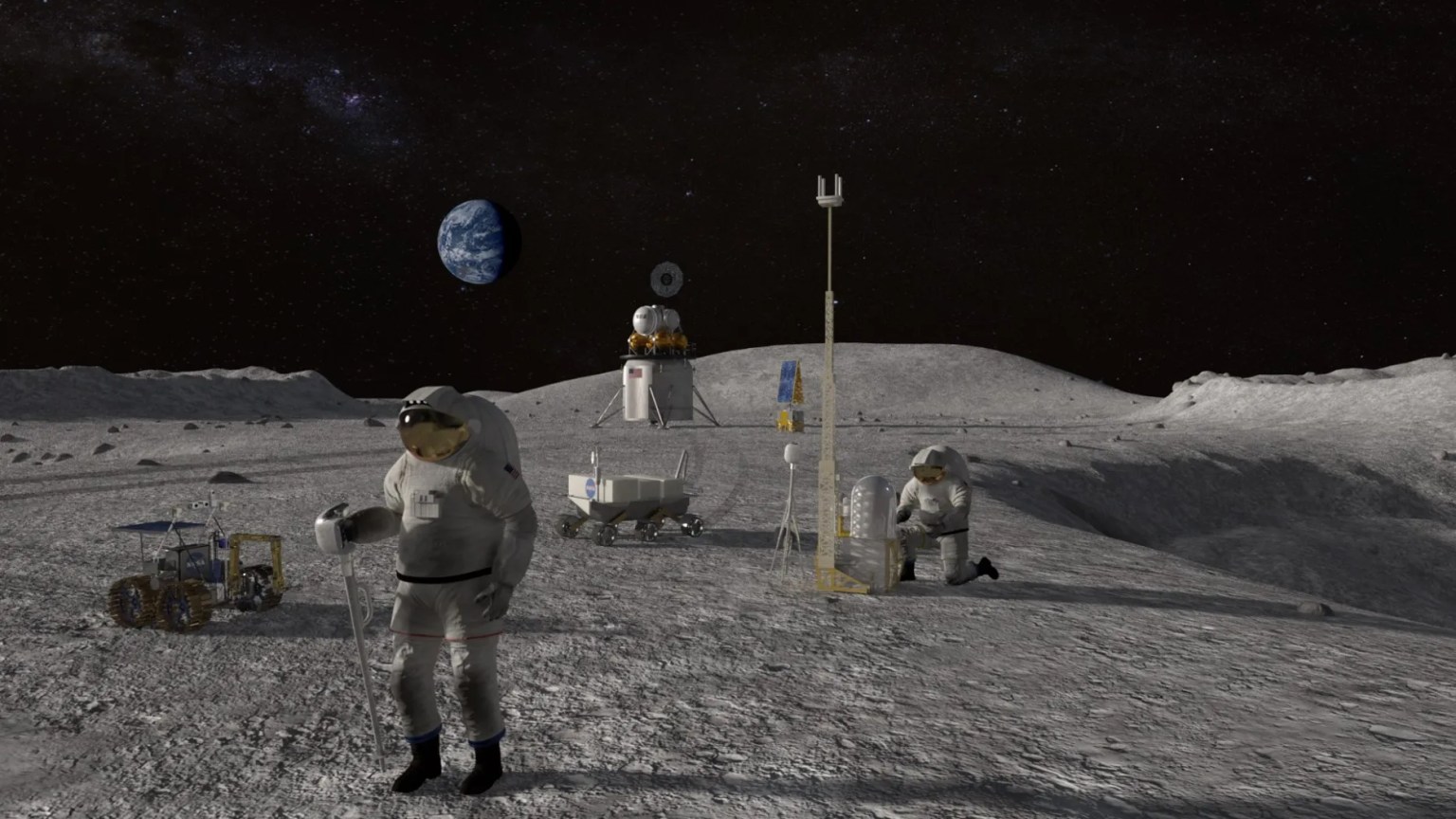
Landing and Working on the Moon
Two Transitions
Follow DMEN’s journey of advancements and transitions that have been aided by testing supported by NASA’s Flight Opportunities program.
Going to the Moon’s Far Side
In 2022, Draper was awarded a contract to deliver science investigations to the Moon as part of NASA’s CLPS (Commercial Lunar Payload Services) initiative under Artemis. Draper expects to land in Schrödinger Basin on the lunar far side. During this mission to deliver three payloads to the Moon, the lander must be able to avoid hazards and navigate a precise landing, which DMEN will be able to support, thanks in part to the testing with Flight Opportunities.
Learn more about Draper’s CLPS mission about Going to the Moon’s Far Side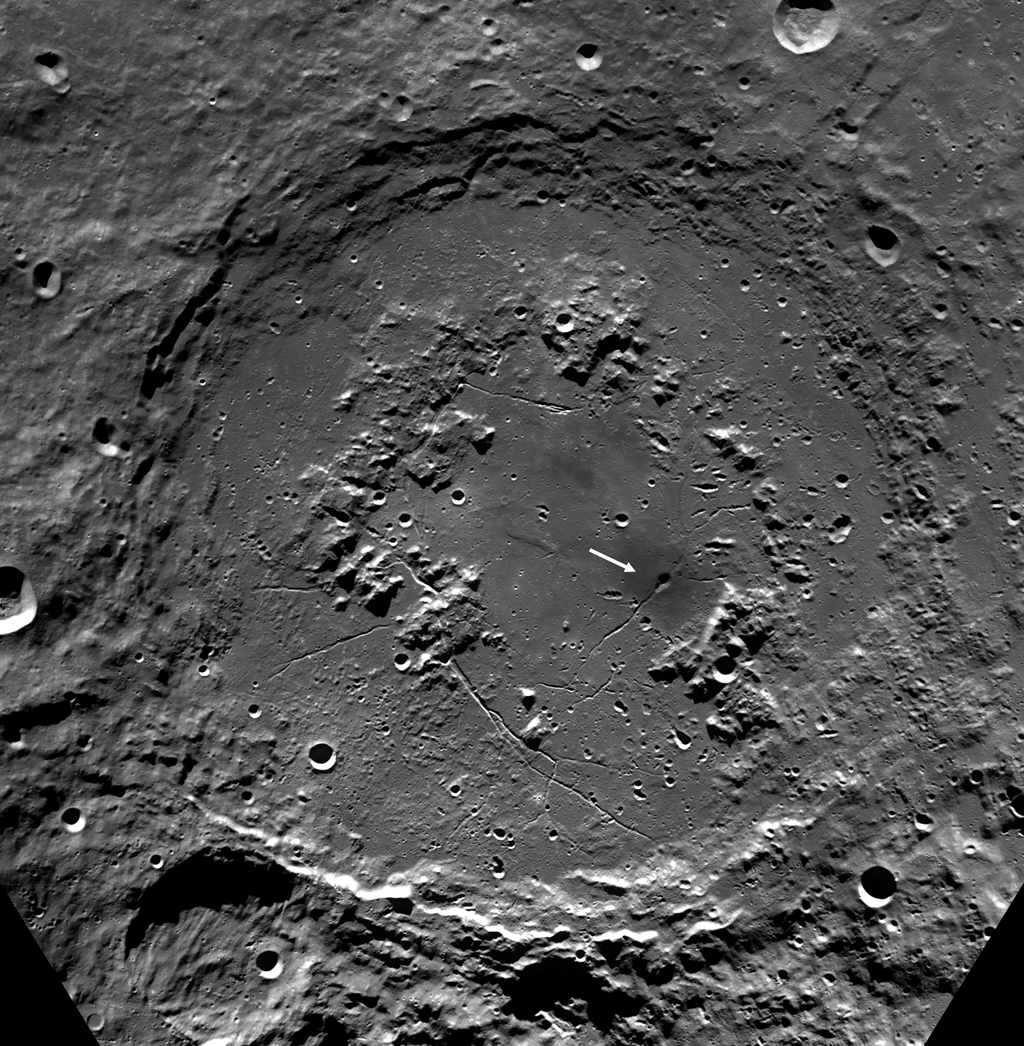
Additional Information
Wearing DMEN Tech During Moonwalks
Beyond entry, descent, and landing systems, DMEN may also help astronauts traverse the Moon. After advancing the system through suborbital testing with Flight Opportunities, Draper integrated DMEN with its wearable kinematics system (WKS) technology. Besides tracking crew position, orientation, and pace, the WKS movement-sensing platform can also be outfitted with a carbon dioxide sensor to provide data on the behavioral and psychosocial stressors astronauts experience.
In 2024, WKS went through field tests in Arizona, with the desert serving as an environmental analog of the lunar South Pole – including lighting and topography. During these tests, led out of NASA’s Johnson Space Center with NASA’s Joint Extravehicular Activity and Human Surface Mobility Test Program in collaboration with the Science Mission Directorate, NASA engineers wore Draper’s DMEN technology as they took simulated moonwalks.
Data collected from the field test will support the Agency’s moonwalking preparations for Artemis III.
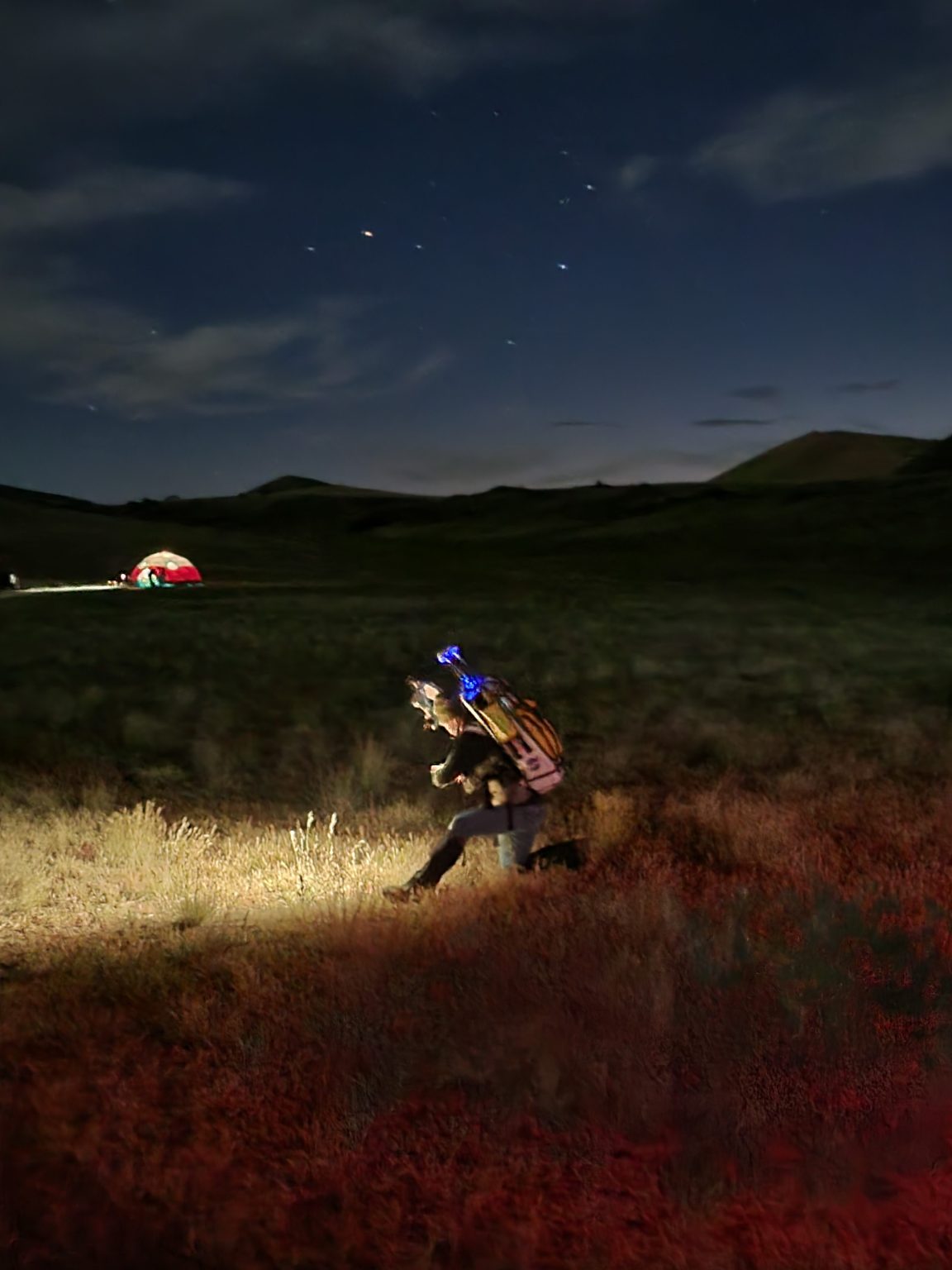
Additional Information
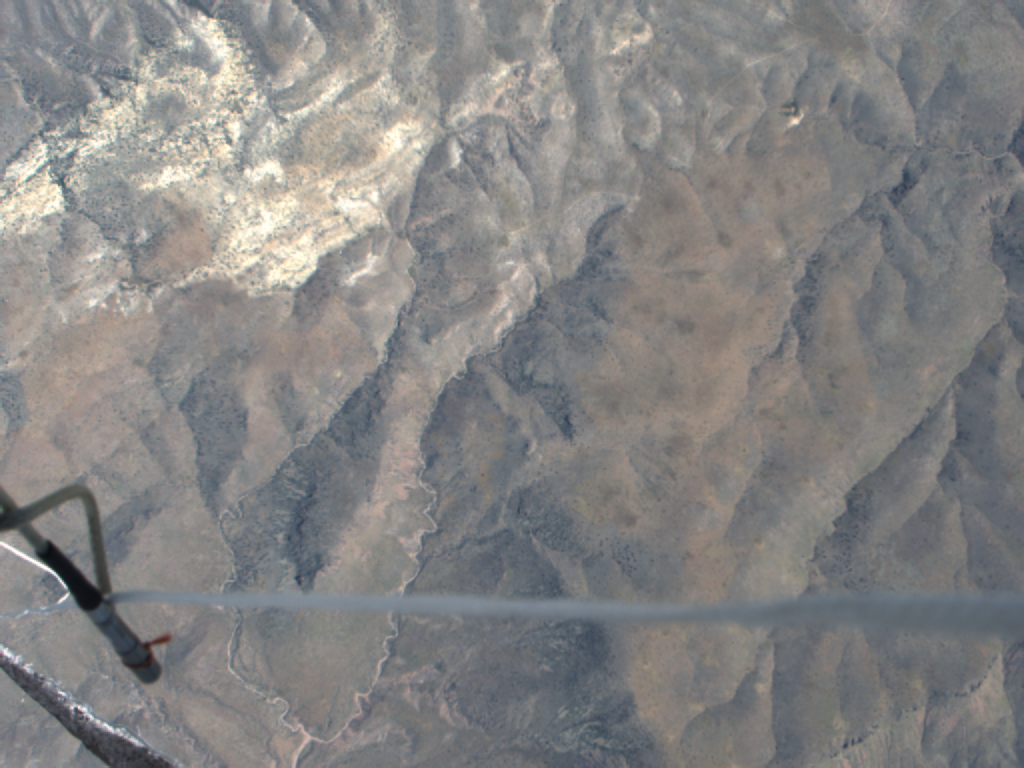
Flight Testing and Development Timeline
Since 2019, DMEN has been flight tested on high-altitude balloons, suborbital rocket flights, and rocket-powered landers through support from NASA’s Flight Opportunities program. Taking advantage of the program’s “fly, fix, fly” approach allowed Draper to iteratively advance DMEN, maturing its technology readiness and minimize risks for inclusion in future missions.
Through these flight tests, Draper collected data and validated algorithms, which helped increase DMEN’s technology readiness for terrain-relative lunar descent in anticipation of Draper’s lunar mission — one of the deliveries NASA has funded under its CLPS initiative.
Balloon Flights
Flight dates: April and Sept. 2019
Flight provider: World View Enterprises
Testing objective: To gather imagery and sensor data at altitudes from ground level to over 100,000 feet (April flight) and also during ascent, descent, and landing at altitude (September flight).
Value of flight environment: Provided higher altitudes than could be achieved by other means.
Results and impact: The April 2019 flight test demonstrated DMEN’s ability to accurately navigate using only imagery and inertial measurements. DMEN gathered data to compare terrain features spotted using optical sensors with commercial satellite imagery of the area, informing technology developments and the follow-on balloon test in September 2019. These flights pushed DMEN towards becoming a full entry, descent, and landing navigation solution.
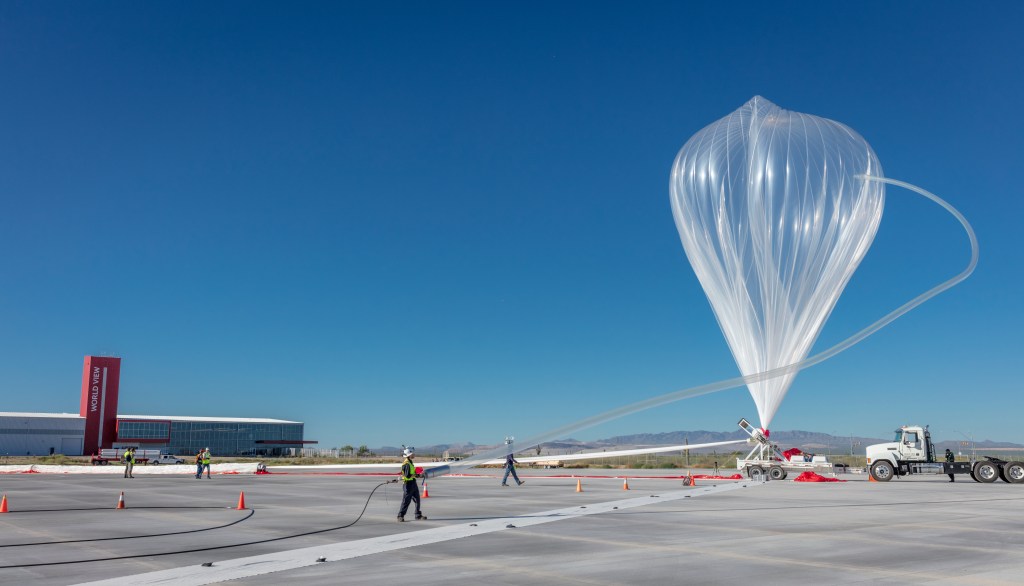
Suborbital Rocket Flights
Flight dates: Sept. 2022, Dec. 2023, and Feb. 2025
Flight provider: Blue Origin
Testing objective: To test DMEN navigation capabilities at rocket speeds (on ascent and descent) and gather real-world data to validate the vision-based navigation system.
Value of flight environment: Enabled testing at even greater altitudes (up to 66.5 miles [up to 107 km]) and significantly faster speeds (~2200 mph), further closing the gap between testing and operating environments.
Results and impact: DMEN achieved an accuracy that helped advance the technology for use in terrain-relative navigation. DMEN scanned the Earth below, pinpointing landmarks to use to calculate an accurate navigation solution.
Lander Testbed Flight
Flight date: Oct. 2024
Flight provider: Astrobotic
Testing objective: To test and validate Draper’s vision-based hazard detection that uses monocular vision and shadow-based hazard detection software that is compatible with the DMEN hardware.
Value of flight environment: Provided rocket-powered decent with their Xodiac rocket to simulate a lunar landing over ground hazards.
Results and impact: Flight data increased confidence in DMEN’s hazard detection software, helping increase its technology readiness for shadow-based landings.








